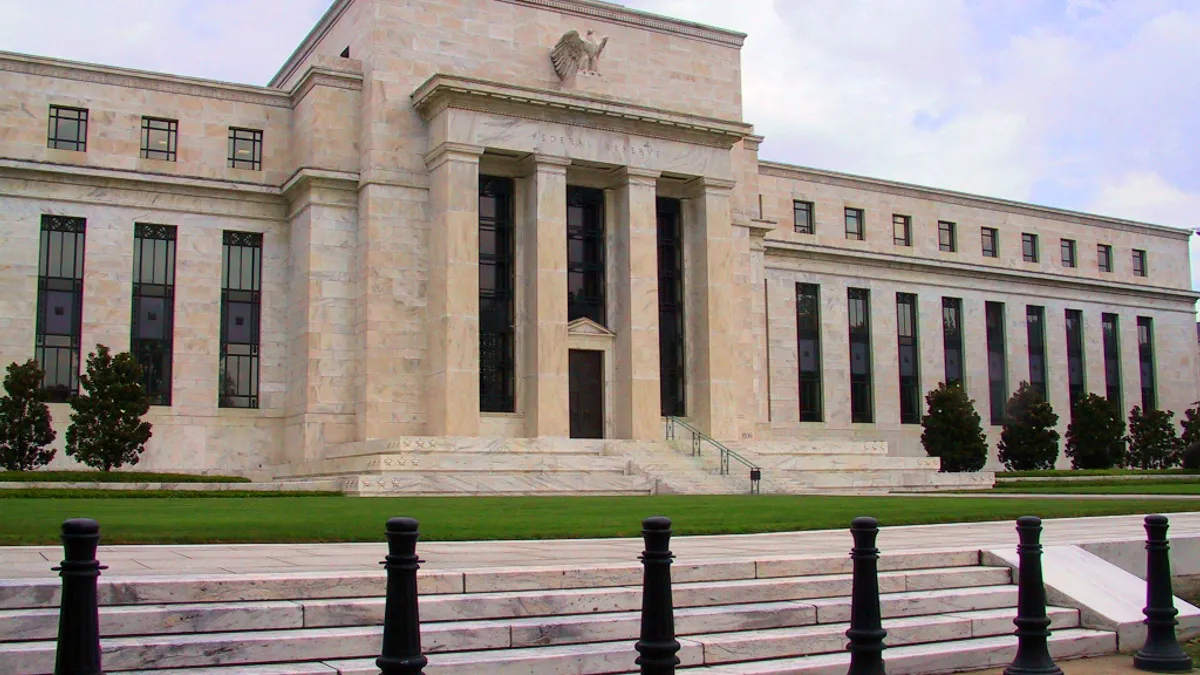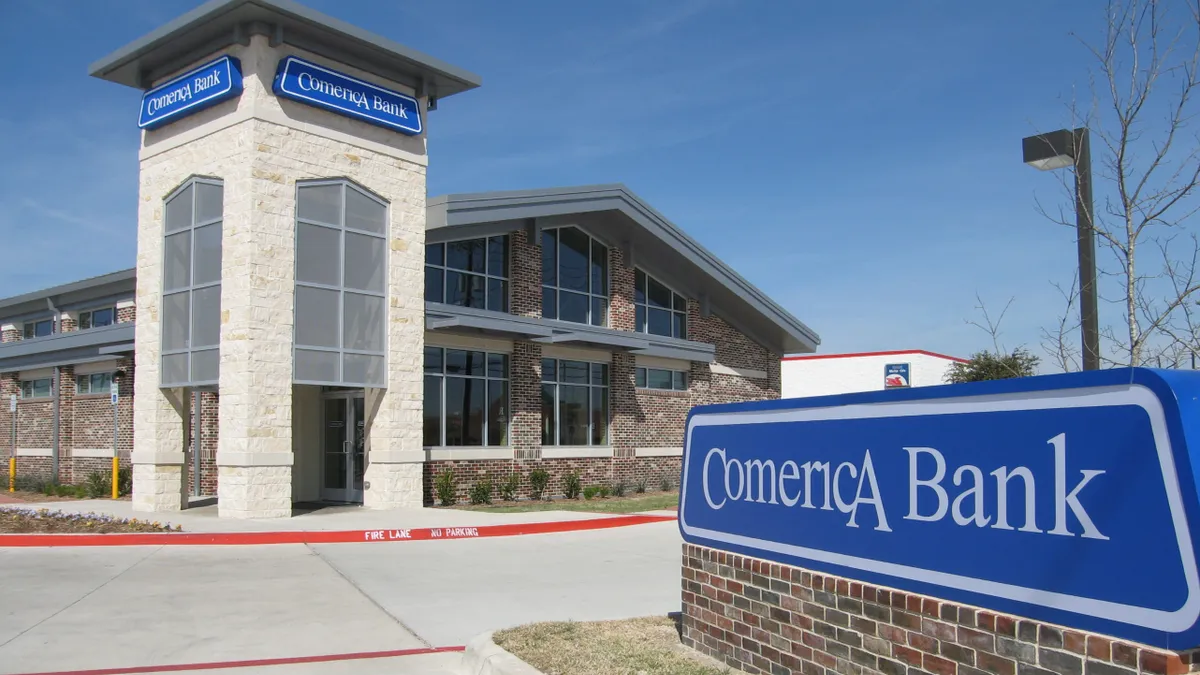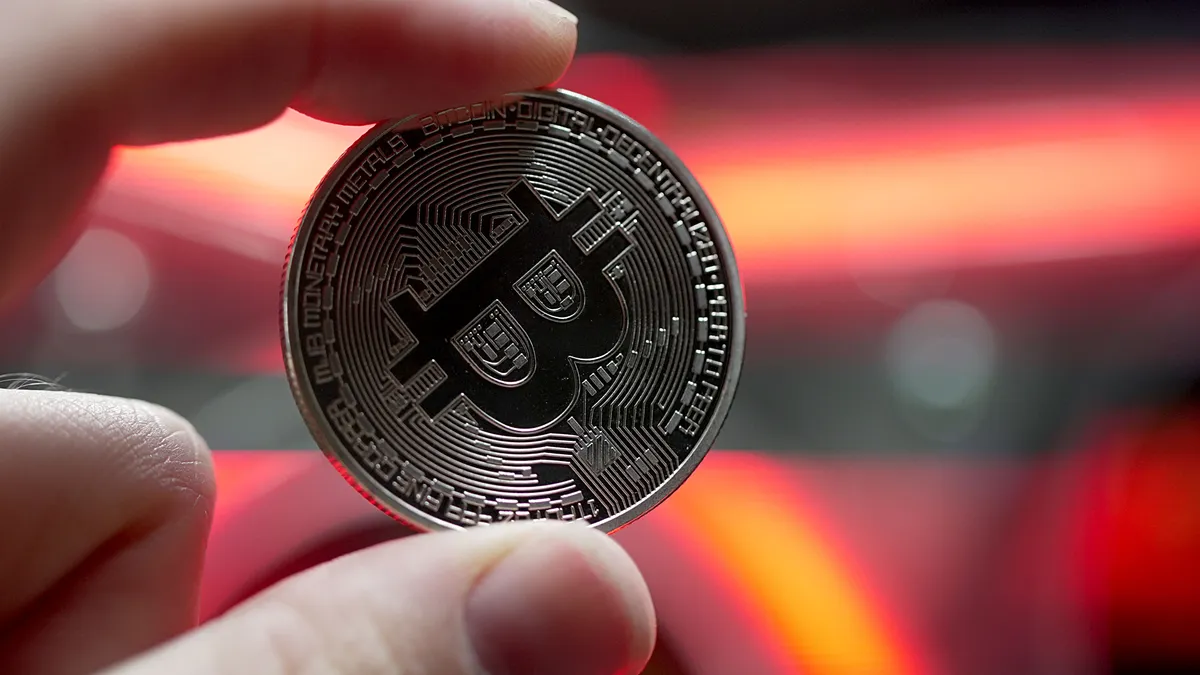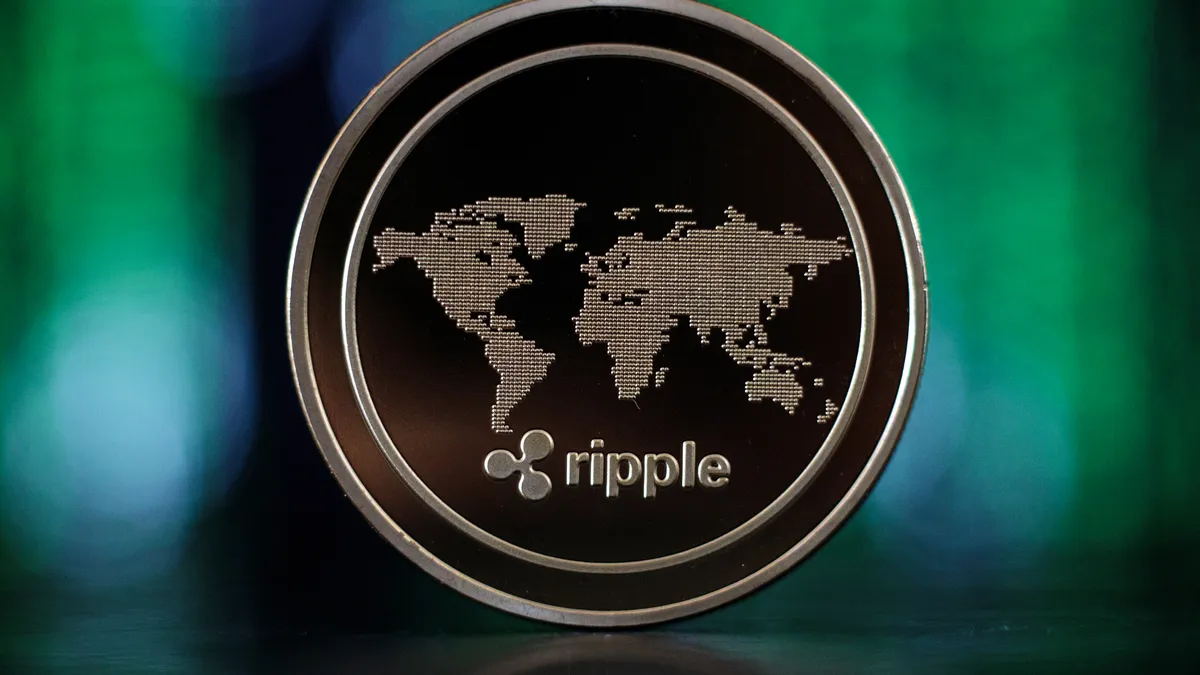In setting fees for the new FedNow instant payments system, the Federal Reserve sought to match those charged by the rival incumbent RTP network so as not to disturb the market, a Fed official told Payments Dive last week.
“We had zero payments across the network, so we had zero information upon which to base our pricing information,” said Daniel Baum, senior vice president at the Federal Reserve Bank of Atlanta. “So, we defaulted to a position that said, ‘Let's not upset the marketplace as a second mover.’”
The Fed launched FedNow last July. to provide real-time payments services in the U.S., enabling transactions to be settled in seconds instead of days. The speedier system, which will also be available for use around the clock and on weekends, is the biggest change to the nation’s payments system in decades. The rival private-sector RTP, which is operated by The Clearing House and owned by major U.S. banks, was started in 2017.
Despite significant marketing efforts by the Fed for FedNow, the central bank has rarely made officials available for interviews on the topic of FedNow. Baum’s comments came in a lengthy interview at the Payments Dive “Future of FedNow” event Wednesday, during which he also touched on issues such as disputed transactions, fraud and cross-border payments. Baum is the head of payments product for FedNow.
Some 700 financial institutions have signed onto FedNow, up from 35 when it started last year, Baum noted. However, he acknowledged that’s still far short of the nearly 10,000 U.S. banks and credit unions that could potentially join the system, and said the Fed is paying close attention to the adoption rate.
“700 sounds great when you compare it to the 35 that we started with. [It] sounds small when you compare it to 10,000,” he said, noting that the Fed tempered its expectations with regard to adoption in light of the system being an opt-in offering.
“We've been pushing the boundary of our expectations,” averaging about where the Fed expected to be, or “slightly above where we expected to be in most months since we've been live,” he said.
Only U.S. financial institutions are eligible to connect to the system, with the expectation that other service providers will extend use cases for consumers and businesses.
The Fed has declined to provide volume figures for transactions happening over the system so far.
The Fed’s cautious approach to pricing may change as volume picks up, Baum suggested. The central bank’s mindset is to “let the traction created by value creation and other dynamics be the first way to drive volume and then see what we have after some period of time,” he said.
How the Fed views fraud risk
The FedNow system allows senders to request the return of a payment, and for the recipient to return the funds, Baum said. The Fed’s goal is to “enable the ability for the two counterparties to speak to each other in a secure manner through our network,” he said. FedNow will enable that by requiring financial institutions to be logged into the Fed’s system, according to Baum.
The Fed is having conversations internally about creating a network directory of users, similar to that offered by Early Warning Services’ Zelle network and by others, Baum said.
“We have to think about where do we fit in a marketplace that's already full of other directory options, and how can we add to it and not create a distraction, or limit the benefit of some of those others,” Baum said. “We will measure that alongside a lot of other factors, but the ultimate thing is, we want to drive to the place where FedNow is easy to use.”
FedNow has also tried to address concerns about fraud, which could potentially happen at higher cost when money is moved instantly. The Fed’s approach will be to “explore working with the industry,” Baum said. The central bank will build in a “circuit breaker” to turn off payments to address a “runaway fraud event,” according to Baum.
FedNow’s learning curve
Despite the concerns, industry players have expressed an interest in seeing FedNow cut the cost and time of cross-border payments. Baum addressed those expectations by saying the Fed will take a “very slow and cautious” approach to moving money out of the U.S.
“The best guess is we’re at least a couple of years out before you'll see us across borders,” he said. “We've really got to focus on creating network locally, before we're even bringing value globally.”
Generally, Baum said the Fed is still developing FedNow and determining how to best serve the market. He cited the “growing pains” that the central bank had in developing its ACH payments system, and suggested that FedNow will be a similar work in progress, beating back glitches as they come up.
“We've learned together with the industry that some of these things we've got to figure out on the fly,” Baum said. “That's a natural learning curve. I think it's exceedingly healthy and it's exactly where we ought to be. The good news is we're finding them quickly and we're correcting them and then moving forward.”
























